
Citroën C4 Cactus Hatchback (2014-2018) review
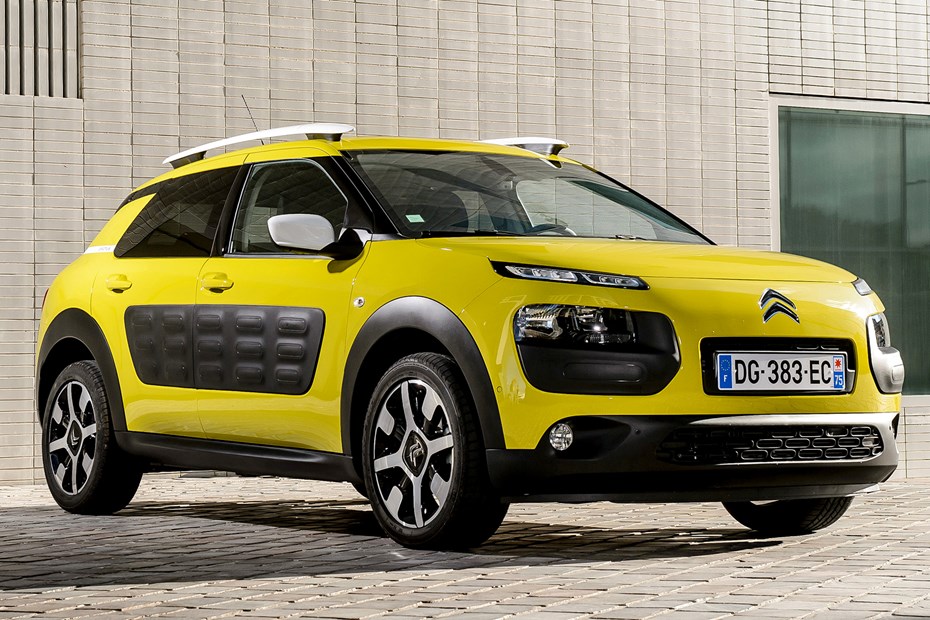
At a glance
| Price new | £13,490 - £21,135 |
|---|---|
| Used prices | £2,077 - £6,581 |
| Road tax cost | £20 - £195 |
| Insurance group | 7 - 19 |
Get an insurance quote with

|
|
| Fuel economy | Not tested to latest standards |
| Range | 671 - 880 miles |
| Number of doors | 5 |
| View full specs for a specific version | |
Available fuel types
Petrol
Diesel
Pros & cons
- Interesting styling
- Comfortable suspension
- Flexible interior
- Noisy diesel engines
- ETG automatic gearbox
- Some reliability troubles
Citroën C4 Cactus (14-18) rivals
Overview
When the Citroen C4 Cactus was launched in 2014, it was unlike anything the French brand had released before. It had an unusual name, weird body-protecting AirBumps and funky styling that was supposed to entice young families towards the brand.
We liked the formula, too. In fact, when we first drove it, we said the Cactus was the only car in Citroen’s range that didn’t leave us feeling disappointed. It’s makes for an interesting used SUV purchase now, too, especially now you can put one on your driveway for less than £4,000.
This was arguably the point at which Citroen realised it needed to get back to its roots and start building comfortable cars again. Bumps are simply discarded underneath you, with the C4 Cactus floating over them like a hovercraft. And while that soft suspension brings with it some bodyroll, it never detracts from the fun behind the wheel.
It’s larger than the old Citroen C3 supermini, but it possesses genuine agility and nimbleness. This is partly due to Citroen’s clever weight-saving design ethos. The rear bench, for example, doesn’t have a split-folding function – but that saves 6kg. Team that with a hose of other tweaks, and it means the C4 Cactus weighs in at around 200Kg less than the regular Citroen C4.
Citroen C4 Cactus known faults and common problem
The Cactus’ reliability is a bit hit and miss. After digging around on the car’s owner forums, we’ve found that some owners enjoy years of trouble-free motoring, while others have truly horrible experience with endless mechanical and electrical woes.
For that reason, make sure you walk into any purchase with your eyes open. We’ve outlined some of the more common complaints below to give you a starting point when viewing any potential purchases.
Buying guide
Common issues and what to look out for if you’re considering buying one
1. AdBlue system
The Cactus’ 1.5-litre four-cylinder diesel engine has a range of notorious faults with its AdBlue system. These range from broken pumps to clogged injectors and even defective storage tanks. If your car has a fault, it’ll tell you about it. Two things happen – you get a light on the dash that reads ‘urea warning’ and a 700-mile countdown timer will start. Plus, if you don’t get the car repaired before the timer hits zero, it won’t start.
2. Broken cruise control
There are a few reasons why the C4 Cactus’ cruise control can break. The first area to check is the microswitch under the car’s brake or clutch pedal (depending on whether it’s a manual or an automatic). They get clogged with dirt and can get stuck in the down position. Try tucking your toe under the pedal and lifting it up to pry it off the switch. If the cruise control starts working, you’ve got yourself a bargaining chip and a cheap fix.
If it doesn’t, the problem is potentially more serious. Some owners have been forced to replace the contacts for the switches on the steering wheel, as they’re also poor quality and are known to fail. In the worst-case scenario, you’ll have to fork out for a replacement gearbox computer.
3. Creaking suspension
The Cactus’ front suspension can develop a very irritating set of squeaks that manifest themselves when you drive over bumps. What’s even more annoying is that they’re quite difficult to find. It could be any (or all) of the following components on the front end – lower wishbone arms, bottom ball joints, front track control arms, track rod ends, anti-roll bar drop links or even the top mounts on the shock absorber assemblies.
4. Build quality issues
It seems Citroen didn’t nail the C4 Cactus together quite as well as it should have. Owners have reported rattles from ill-fitting trims, badly installed air vents, missing rubber dampers on the glovebox lid and cables coming loose from their fasteners. One owner even pushed the window switches into the door by simply using them!
5. Broken air conditioning
If you’re lucky, your C4’s faulty air conditioning will only need to be re-gassed to get it working again. If you’re unlucky, there’ll be a fault with the blower motor internals. The resistor that controls the fan is another known weakness – and it can be very expensive to repair as you need to dismantle the entire interior to repair it.
6. Automatic gearbox
The C4’s six-speed automatic ‘box suffers from a range of faults – so it’s vital you pay attention on your test drive. A common issue is that it can’t access all its gears. Lots of owners have reported their cars get stuck in third gear due to an electrical gremlin, for which they needed to hire a skilled auto electrician to banish.
Another problem is that the gearbox can judder when setting off in first gear. That normally indicates worn clutch plates or contaminated clutch plate bearings.
7. Oil consumption
The Cactus’ 1.2-litre three-cylinder petrol engine can drink a bit of oil – and its owners don’t always remember to check the oil level. If left unchecked, it can cause some serious damage to the engine. In the worst-case scenario, the damage will be unsalvageable and you’ll have to replace the engine.
8. Timing belt maintenance
The 1.2-litre petrol engine has a timing belt rather than a timing chain. It needs to be replaced every 62,500 miles or six years – whatever comes first. If your potential purchase is nearing that point in its life, check its service history to make sure the work has been done. If not, either walk away or use it to cut the seller’s asking price down.
9. Loose bumper trims
Citroen stuck some C4 Cactus’ bumper trims on with honey – so they often fall off. Normally when you’re belting down the motorway. Replacement trims are cheap, though, and you can stick them back on with a proper bonding agent such as Tiger Seal. If they still don’t hold, use a couple of staples to pin them to the panel.
10. Touchscreen failures
Lots of owners have reported that their Cactus’ infotainment systems have stopped working. There’s no real rhyme or reason as to why the fault occurs, either – the screen just cuts out and reboots. There is a firmware update available for the system, but it has mixed success amongst owners. Some still report the issue after the update.
What models and trims can you buy?
The Cactus was available in three standard specifications called Touch, Feel and Flair – although Citroen did make a few special edition variants, including one with the surf wear brand RipCurl. Even the most basic models were reasonably well-equipped, though, coming as standard with cruise control, Isofix points and a brace of airbags.
There were six engines and two gearboxes to choose from. We’ll go into greater detail about these in the engines and handling section of this review – but, for now, just know that the PureTech 110 petrol is the fastest and the diesels are great for fuel economy.
We should also flag now that Citroen’s Efficient Tronic Gearbox (ETG) is worth avoiding. It’s an automated manual rather than a proper automatic – and it’s slow and rather annoying to use. There’s a noticeable delay between shifts and, as pointed out above, it isn’t the most reliable unit, either.
Scroll through the next few pages to find out whether this unusual SUV could suit your lifestyle. We’ll tell you everything there is to know about the car, listing its common faults, assessing its practicality, judging its driving experience and imparting some knowledge about its reliability. If you’d like to learn more about how we evaluated the Citroen C4 Cactus, check out our how we test cars explainer page.



.jpg)
.jpg)
.jpg)
.jpg)
.jpg)
.jpg)
.jpg)
.jpg)
.jpg)
.jpg)
.jpg)
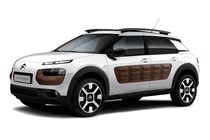
.jpg)

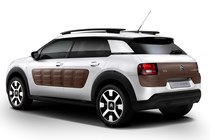

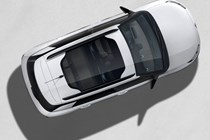

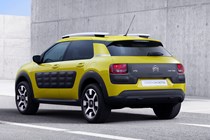
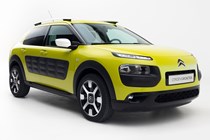
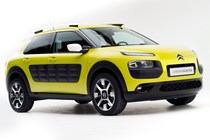
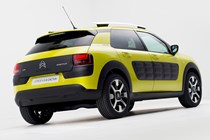

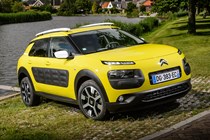
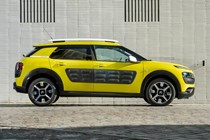
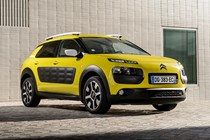
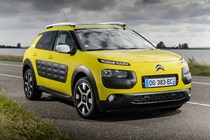
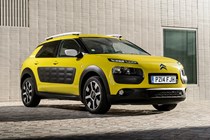
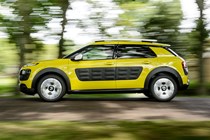


.jpg)
.jpg)
.jpg)
.jpg)
.jpg)
.jpg)
.jpg)
.jpg)
.jpg)
.jpg)
.jpg)
.jpg)
.jpg)
.jpg)
.jpg)
.jpg)
.jpg)
.jpg)
.jpg)
.jpg)
.jpg)
.jpg)
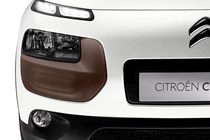
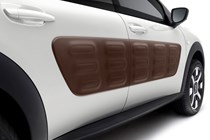
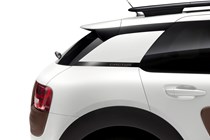
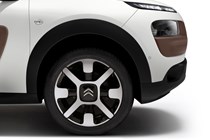


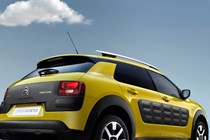
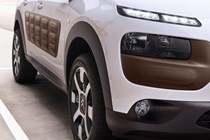
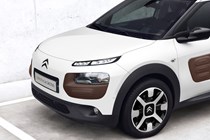
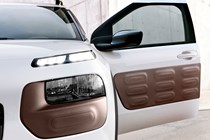

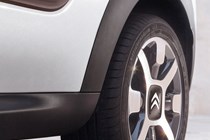
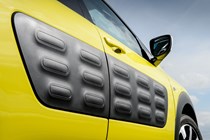

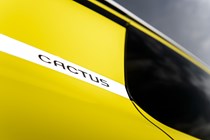
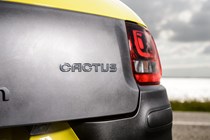
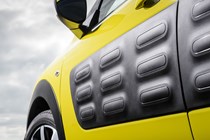
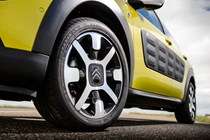

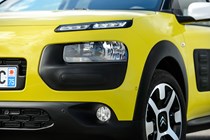
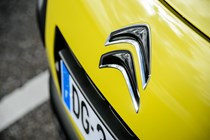
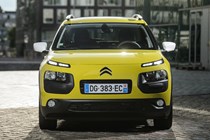
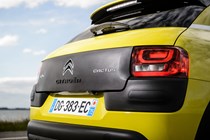
.jpg)
.jpg)
.jpg)
.jpg)
.jpg)
.jpg)
.jpg)
.jpg)
.jpg)
.jpg)
.jpg)
.jpg)
.jpg)
.jpg)
.jpg)
.jpg)
.jpg)
.jpg)
.jpg)
.jpg)
.jpg)
.jpg)
.jpg)
.jpg)
.jpg)
.jpg)
.jpg)
.jpg)
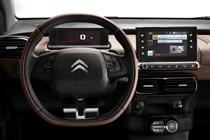
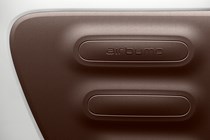
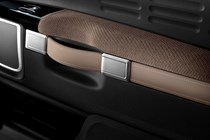
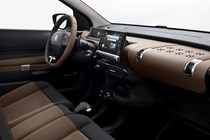
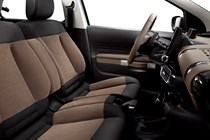

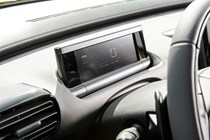

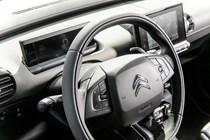
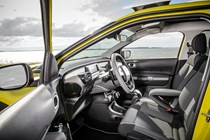
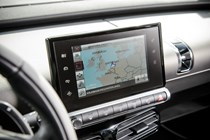
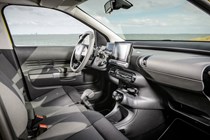
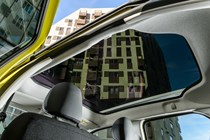
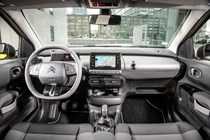
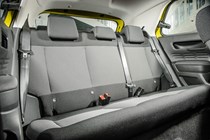
.jpg)
.jpg)
.jpg)
.jpg)
.jpg)
.jpg)
.jpg)
.jpg)
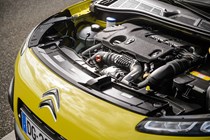
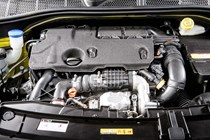
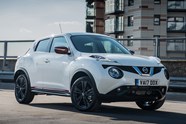

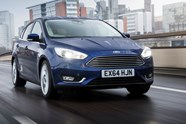

.jpg?quality=50)
.jpg?quality=50)
.jpg?quality=50)
.jpg?quality=50)
.jpg?quality=50)
.jpg?quality=50)
.jpg?quality=50)
.jpg?quality=50)
.jpg?quality=50)
.jpg?quality=50)
.jpg?quality=50)

.jpg?quality=50)


















.jpg?quality=50)
.jpg?quality=50)
.jpg?quality=50)
.jpg?quality=50)
.jpg?quality=50)
.jpg?quality=50)
.jpg?quality=50)
.jpg?quality=50)
.jpg?quality=50)
.jpg?quality=50)
.jpg?quality=50)
.jpg?quality=50)
.jpg?quality=50)
.jpg?quality=50)
.jpg?quality=50)
.jpg?quality=50)
.jpg?quality=50)
.jpg?quality=50)
.jpg?quality=50)
.jpg?quality=50)
.jpg?quality=50)
.jpg?quality=50)























.jpg?quality=50)
.jpg?quality=50)
.jpg?quality=50)
.jpg?quality=50)
.jpg?quality=50)
.jpg?quality=50)
.jpg?quality=50)
.jpg?quality=50)
.jpg?quality=50)
.jpg?quality=50)
.jpg?quality=50)
.jpg?quality=50)
.jpg?quality=50)
.jpg?quality=50)
.jpg?quality=50)
.jpg?quality=50)
.jpg?quality=50)
.jpg?quality=50)
.jpg?quality=50)
.jpg?quality=50)
.jpg?quality=50)
.jpg?quality=50)
.jpg?quality=50)
.jpg?quality=50)
.jpg?quality=50)
.jpg?quality=50)
.jpg?quality=50)
.jpg?quality=50)















.jpg?quality=50)
.jpg?quality=50)
.jpg?quality=50)
.jpg?quality=50)
.jpg?quality=50)
.jpg?quality=50)
.jpg?quality=50)
.jpg?quality=50)

